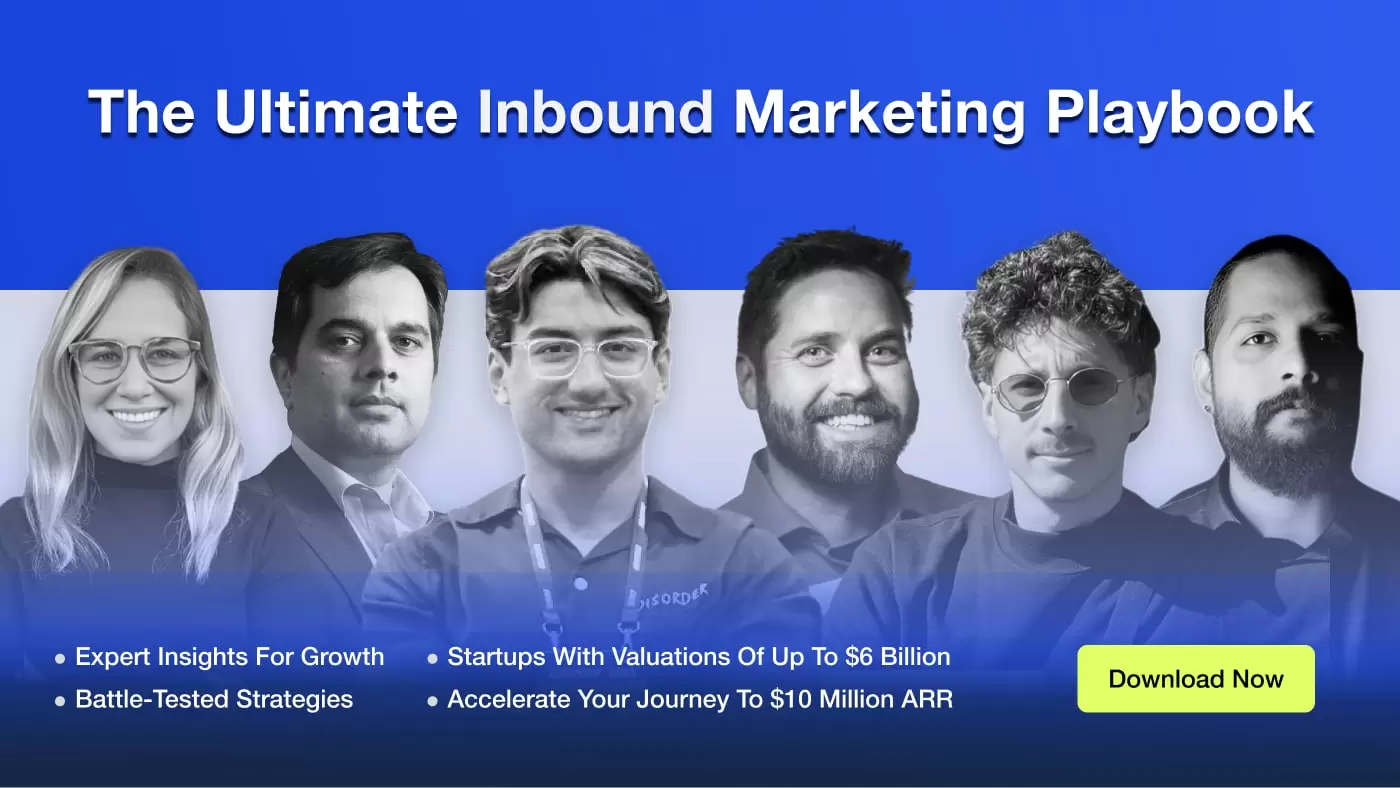How to Craft a Persuasive B2B SaaS Homepage
In this guide, we’ll dive into the essential elements of persuasive homepage messaging, offering actionable insights that can transform your homepage into a lead-generation powerhouse.
Why Homepage Messaging Matters
Your homepage is often the first interaction a prospect has with your brand. While your product or service may be stellar, poor messaging can leave visitors confused, uninterested, or worse—searching elsewhere.
A well-crafted homepage should address three critical points:
- The Problem: Clearly articulate the challenges your audience faces.
- The Solution: Showcase how your product or service solves these issues.
- The Value Proposition: Differentiate your solution from competitors.
As Anthony Pierri explains, the issue might not be your product or service, but rather how you present it.
Key Elements of a Persuasive Homepage
To capture attention and drive engagement, your homepage must include several critical components. These elements will ensure your homepage resonates with your target audience and prompts them to take action.
1. A Clear Hero Section
The hero section is the first thing visitors see when they land on your homepage. Use this prime real estate to communicate your core message succinctly. The hero section should highlight:
- What you offer
- Whom you serve
- The value you bring
For instance, Slack’s homepage features the headline “Simplify Communication, Empower Teams,” accompanied by a product demo image. This leaves no room for ambiguity, instantly telling visitors what they can expect from the product.
2. Specificity in Messaging
Avoid vague claims such as “We improve productivity.” Instead, be specific about how your product achieves results. Specificity builds trust and shows tangible value. For example, instead of saying, “We boost team performance,” state, “Reduce customer onboarding time by 40%.” The more precise you are, the more compelling your message becomes.
3. Visual Elements that Support Messaging
Incorporating visual elements such as videos, product screenshots, or customer success stories significantly boosts user engagement. Anthony Pierri notes that these visuals have been proven to enhance conversions. People process visuals 60,000 times faster than text, making them a powerful tool to reinforce your messaging. Ensure that the visuals align with and support your core message.
4. Call-to-Action (CTA) Clarity
Your CTAs should be clear, direct, and enticing. Strong CTAs might include phrases such as “Get Started for Free” or “Schedule a Demo.” Make sure your CTA buttons stand out visually on the page, ideally above the fold. To make them more action-oriented, consider using phrases like “Start Saving Time Today” instead of generic options like “Learn More.” A clear and compelling CTA is one of the most important factors in boosting conversion rates.
5. Trust Signals
Prospects need assurance that your product is trustworthy. Use trust signals like testimonials, case studies, or logos of prominent clients to establish credibility. Visitors are more likely to trust your brand when they see that other reputable companies or individuals have benefited from your product. This is especially important in B2B SaaS, where decision-makers are often risk-averse.
Common Pitfalls to Avoid
When crafting your homepage, many companies fall into the trap of focusing too much on themselves rather than their customers. Here are some common mistakes to avoid:
1. Overloading with Information
Too much text can overwhelm visitors. Your homepage should convey your message in a concise and impactful manner. Aim for simplicity—cut down on unnecessary jargon or details.
Remedy: Use bullet points or short, digestible sections that highlight the key points.
2. Focusing on Features Instead of Benefits
It’s easy to talk about the features of your product, but what really matters to your audience is the benefit—the tangible result they will experience.
Remedy: Instead of saying, “Our software is the most advanced on the market,” say, “Over 500 businesses reduced churn by 30% with our advanced analytics tools.” Focus on the impact your product has on the customer’s business.
3. Lack of Personalization
A one-size-fits-all approach may not resonate with different segments of your audience. Tailoring your homepage messaging to different user personas can help you better address their needs.
Remedy: Segment your audience and craft personalized messages that speak directly to each group’s unique pain points.
Recommended Framework for Crafting Your Homepage
Anthony Pierri suggests a structured approach to homepage design, which you can follow to create a persuasive homepage:
- Start with the problem: Address the key challenges your audience faces.
- Present your solution: Explain how your product or service addresses those challenges.
- Use supporting visuals and trust signals: Reinforce your claims with relevant images, testimonials, or case studies.
- End with a strong CTA: Drive action with a clear and enticing call-to-action.
Conclusion
Your homepage isn’t just a website—it’s your 24/7 sales representative. By focusing on specific problems, crafting a compelling value proposition, and avoiding common pitfalls, you can transform your homepage into a powerful tool for engagement and conversion.
Start today by evaluating your homepage against these principles. A few tweaks can make a world of difference in turning passive visitors into active leads. Don’t wait—your next potential customer is only a click away.
Downloads
Article (PDF-276 KB)MOST POPULAR INSIGHTS
- Advanced Strategies for Startup Growth: AI, Customer Experience, and Organic Marketing
- Mastering Startup Marketing: From Branding to Organic Growth
- Driving Transformation and Creative Leadership in B2B Organizations
- Crafting Impactful B2B Campaigns: Emotional Messaging, Awareness, and Empathy
- Building Brands and Campaigns on a Startup Budget with AI Efficiency
Related Articles
Related Articles

Established in 2012, Xgrid has a history of delivering a wide range of intelligent and secure cloud infrastructure, user interface and user experience solutions. Our strength lies in our team and its ability to deliver end-to-end solutions using cutting edge technologies.
OFFICE ADDRESS
US Address:
Plug and Play Tech Center, 440 N Wolfe Rd, Sunnyvale, CA 94085
Dubai Address:
Dubai Silicon Oasis, DDP, Building A1, Dubai, United Arab Emirates
Pakistan Address:
Xgrid Solutions (Private) Limited, Bldg 96, GCC-11, Civic Center, Gulberg Greens, Islamabad
Xgrid Solutions (Pvt) Ltd, Daftarkhwan (One), Building #254/1, Sector G, Phase 5, DHA, Lahore





